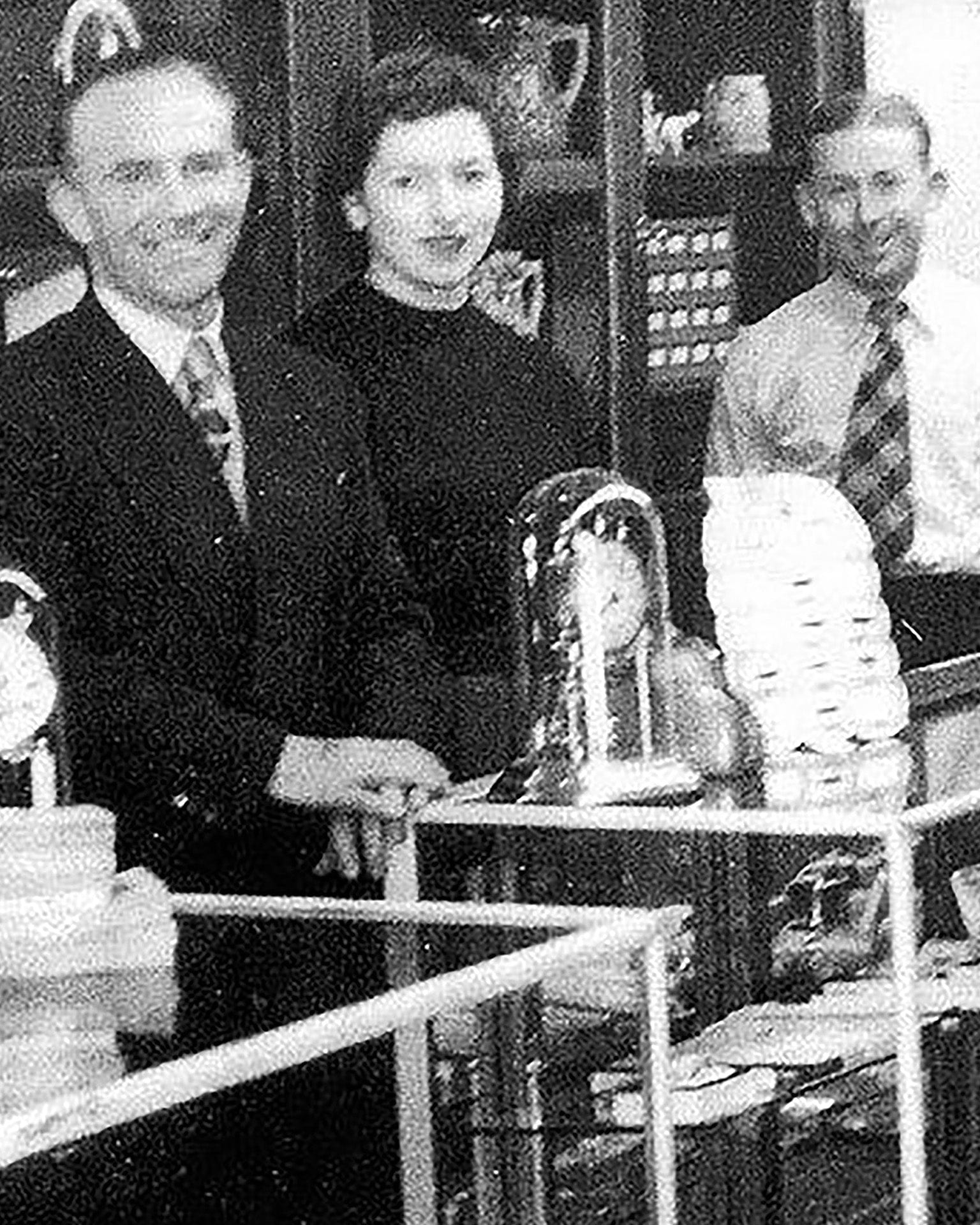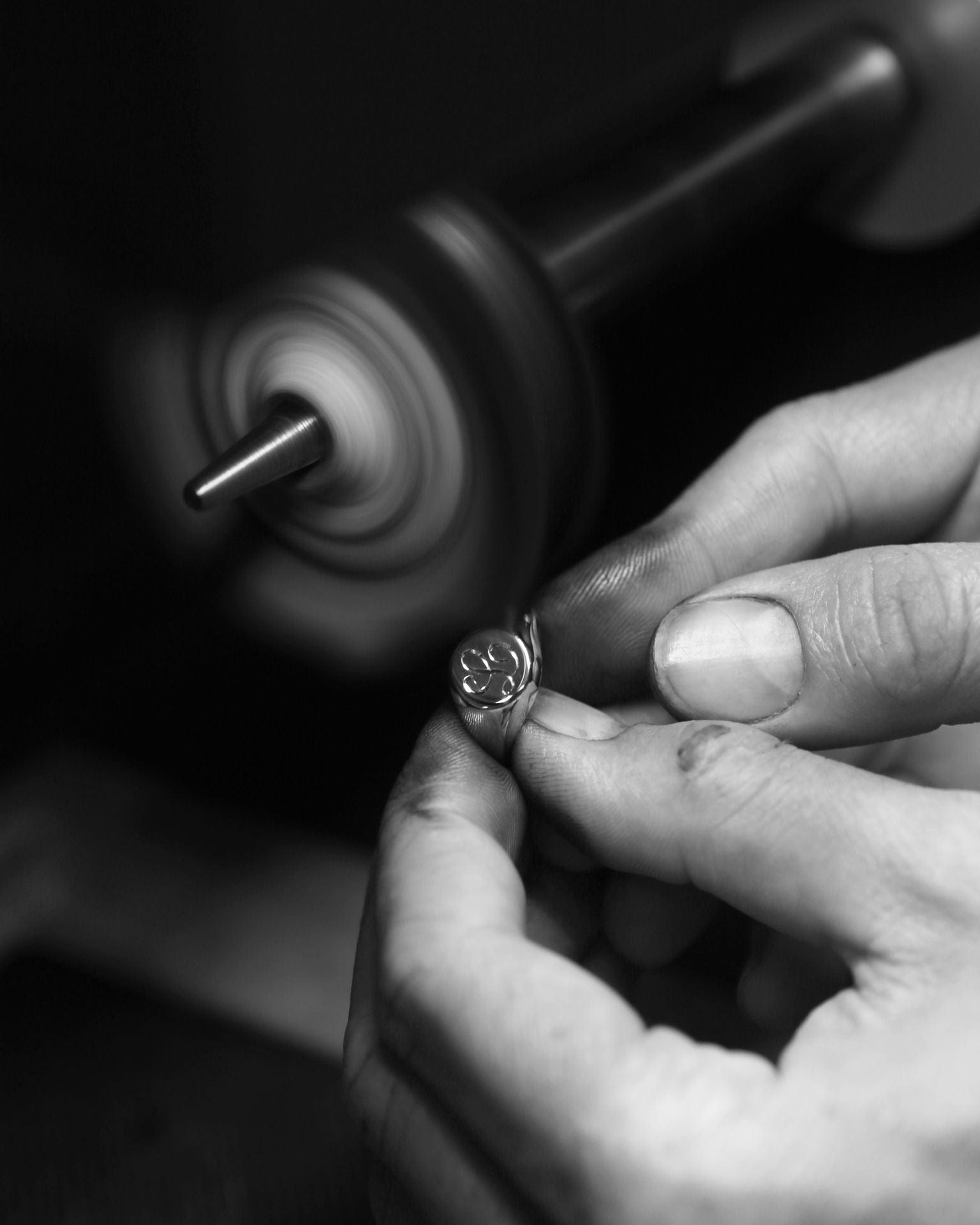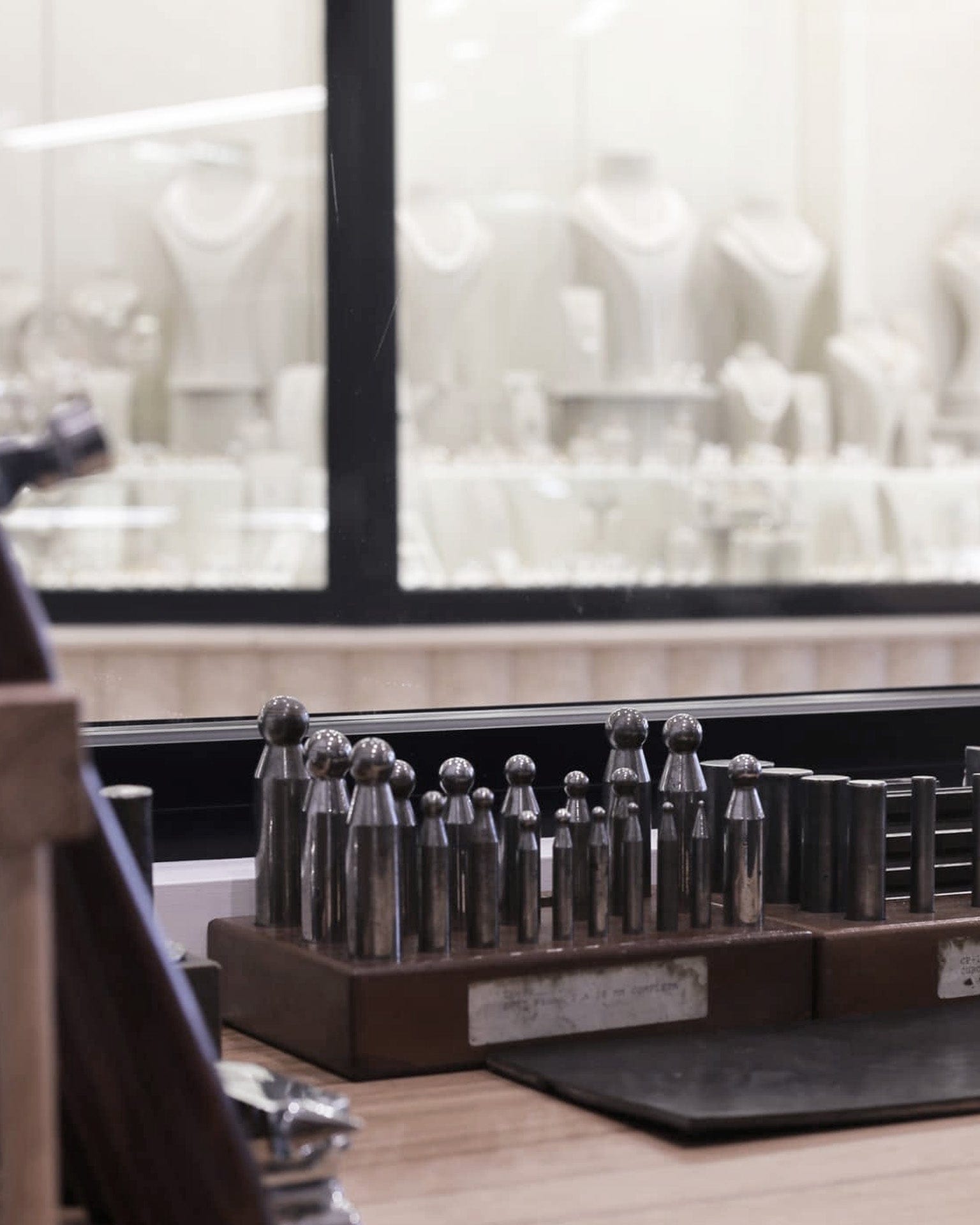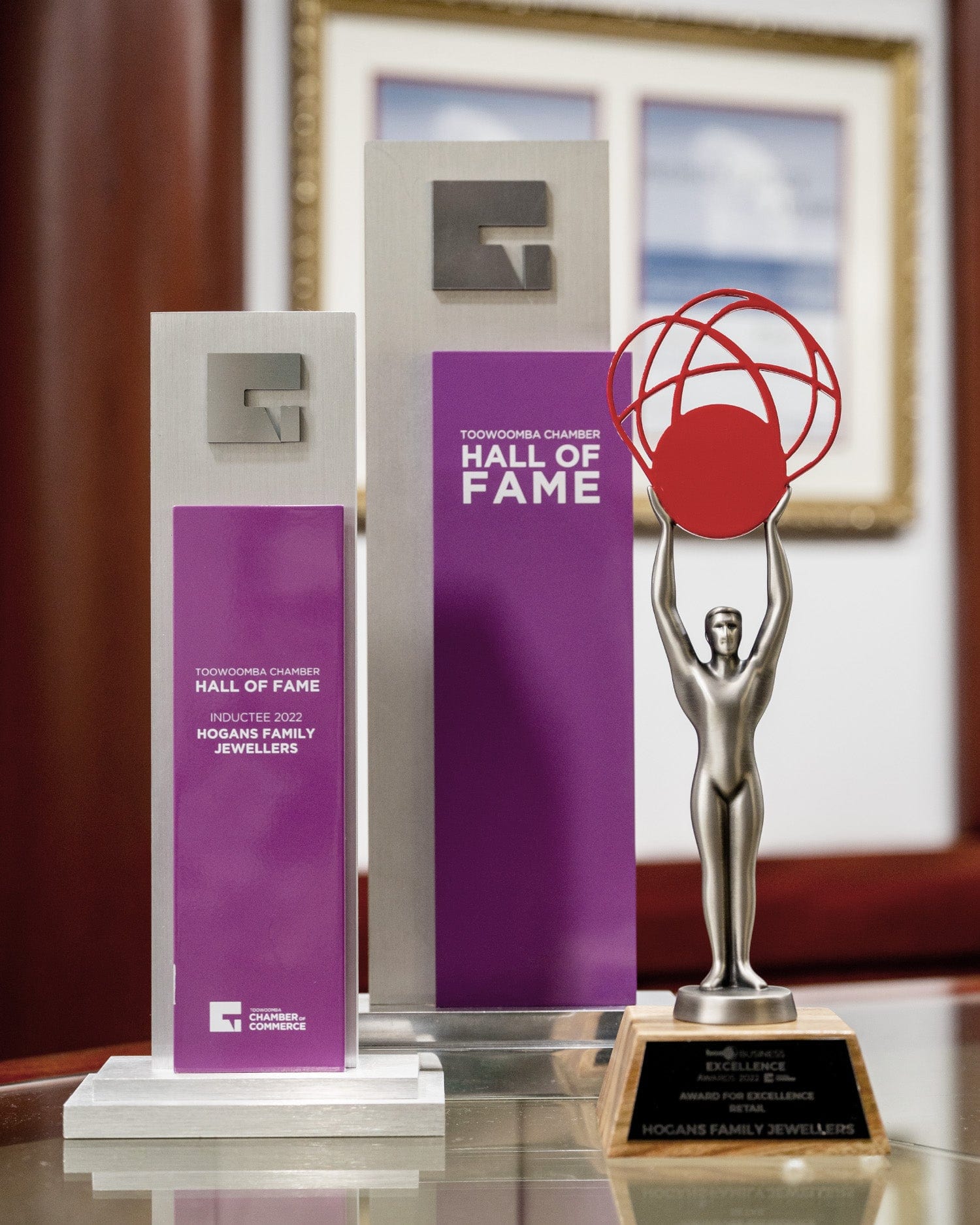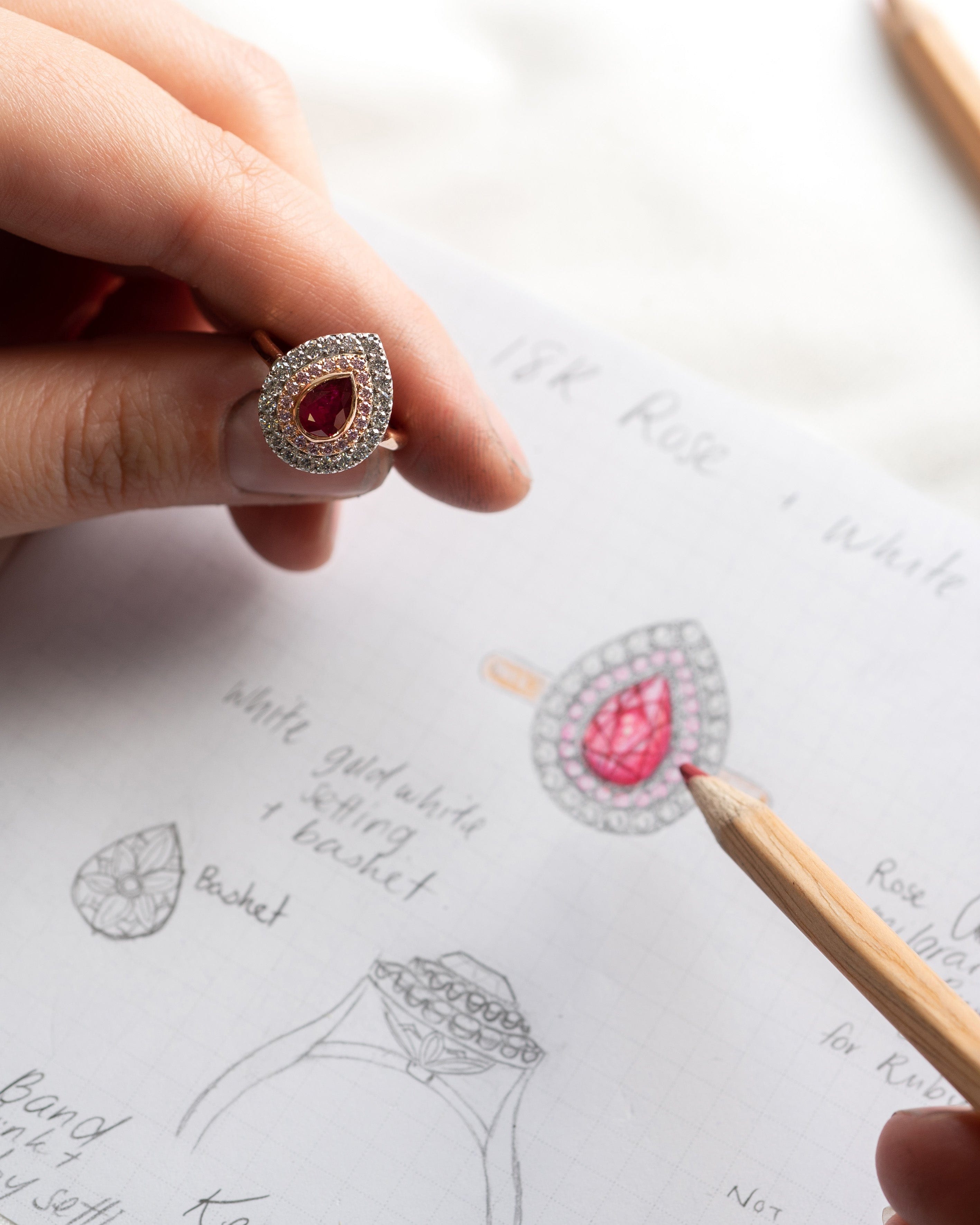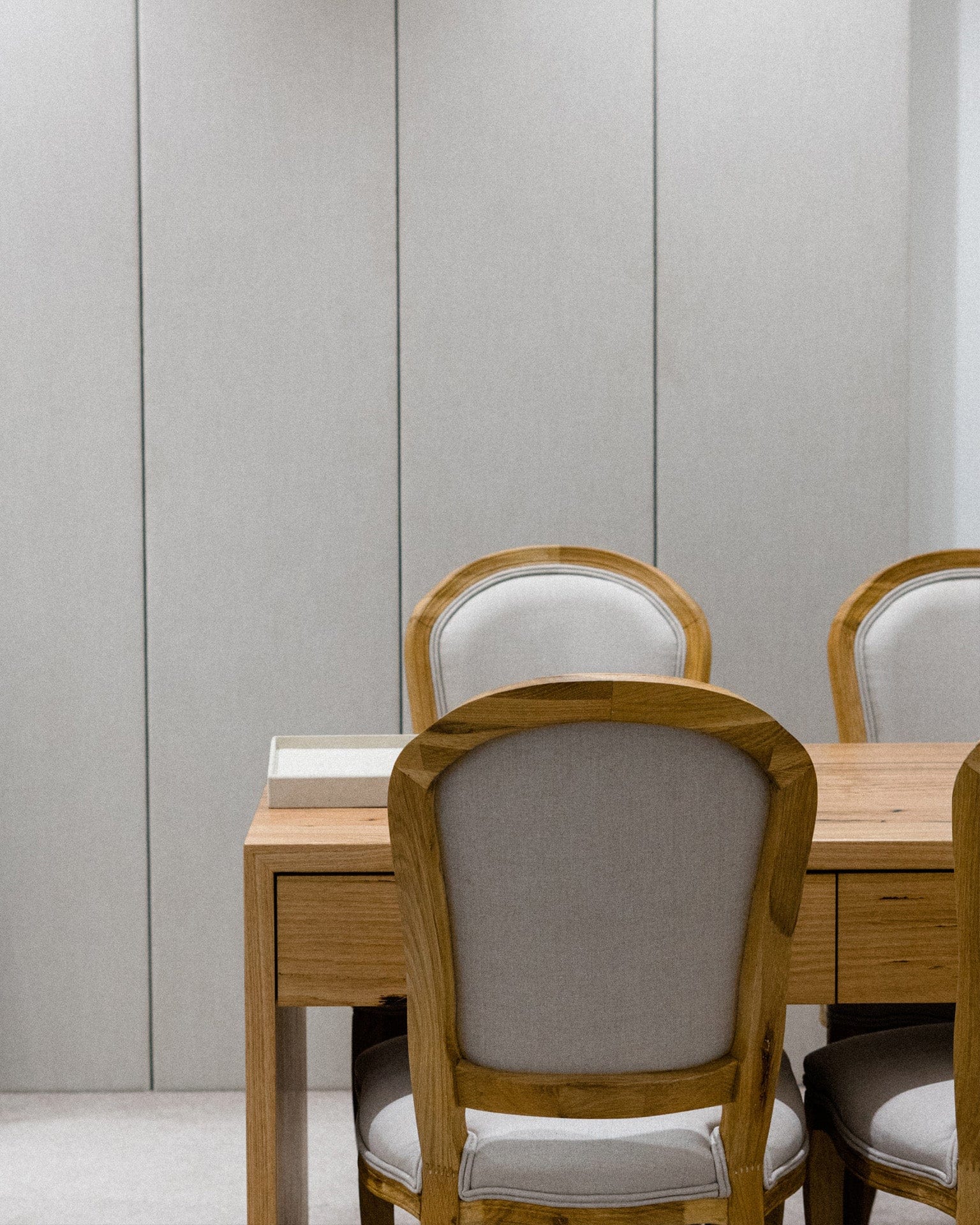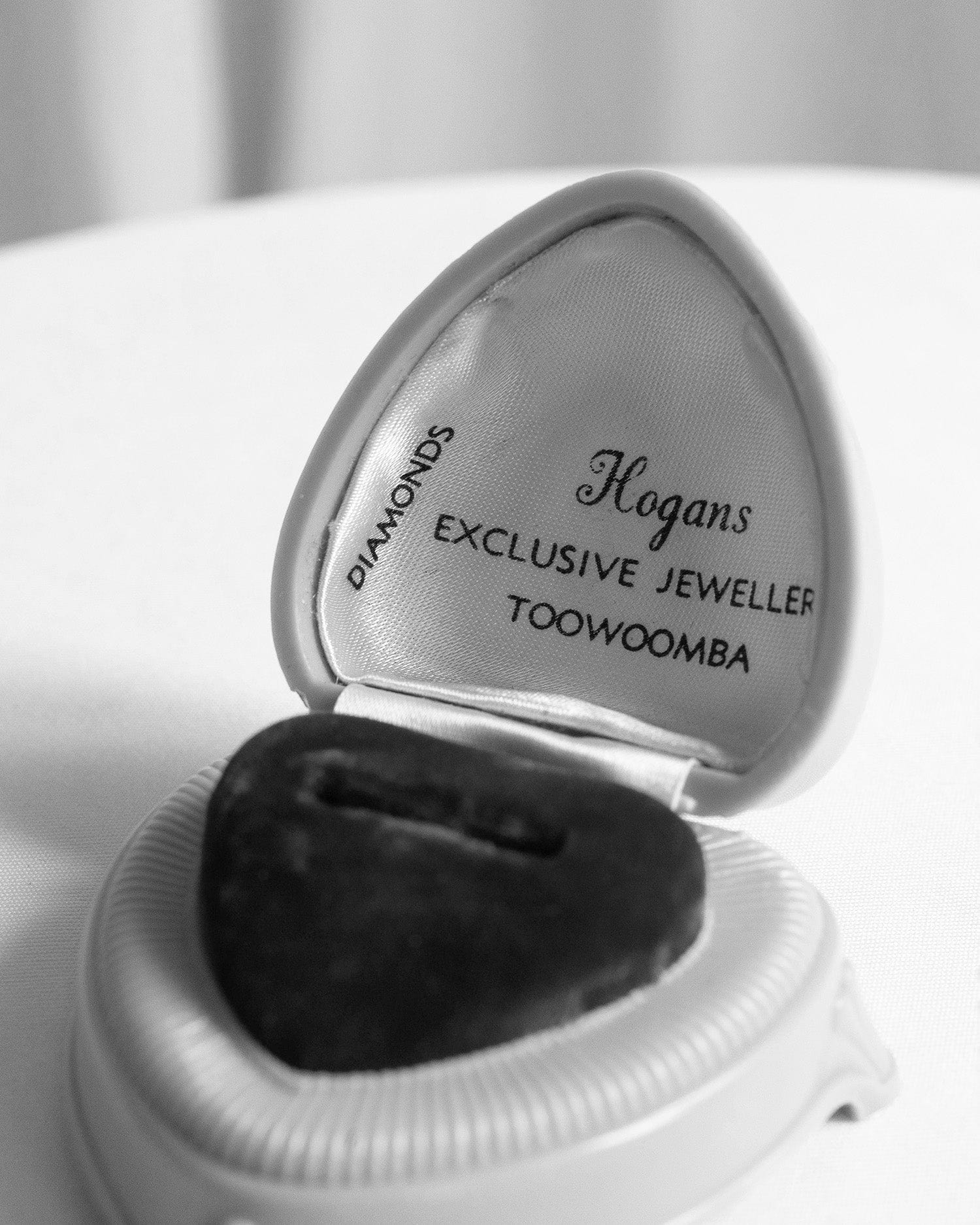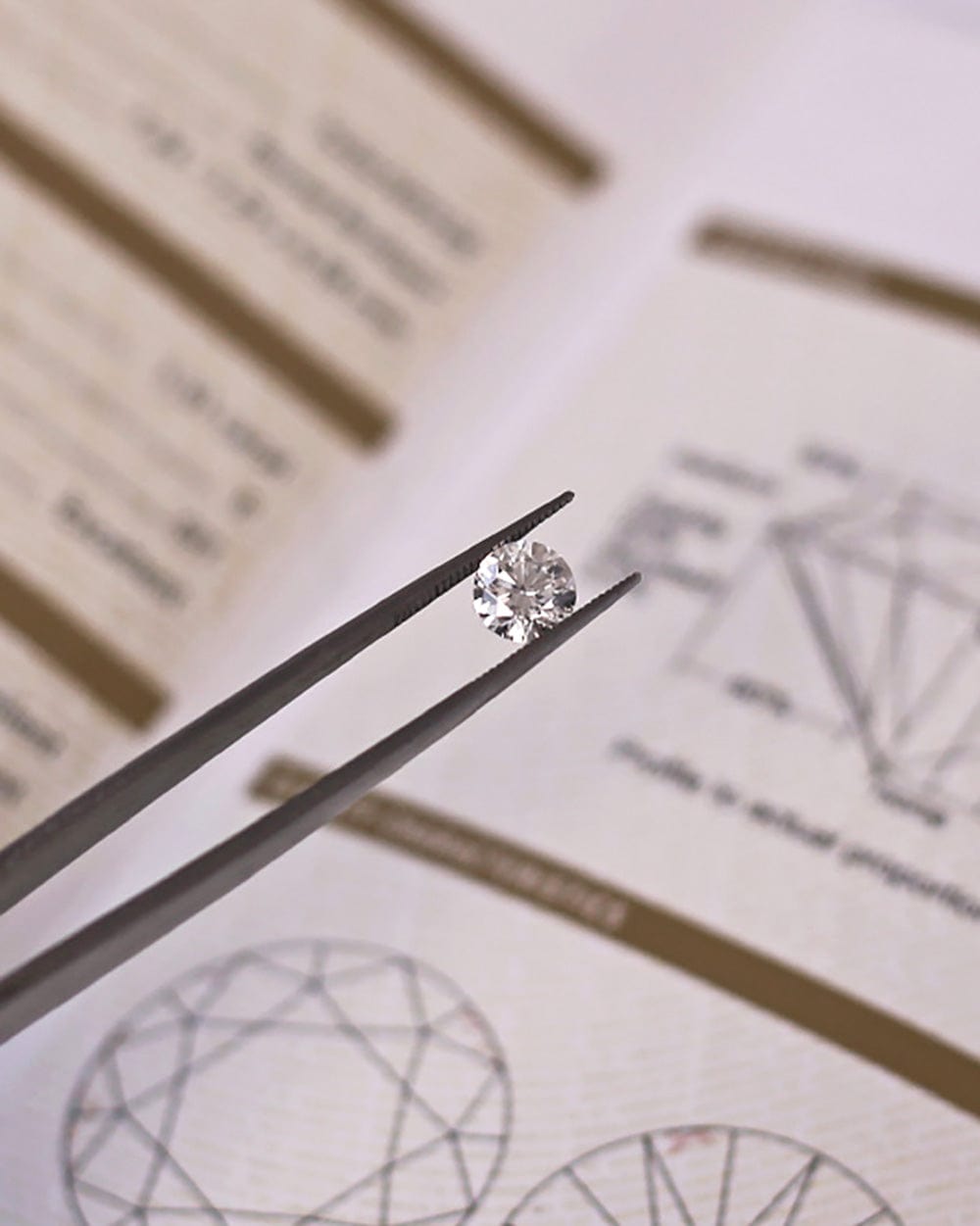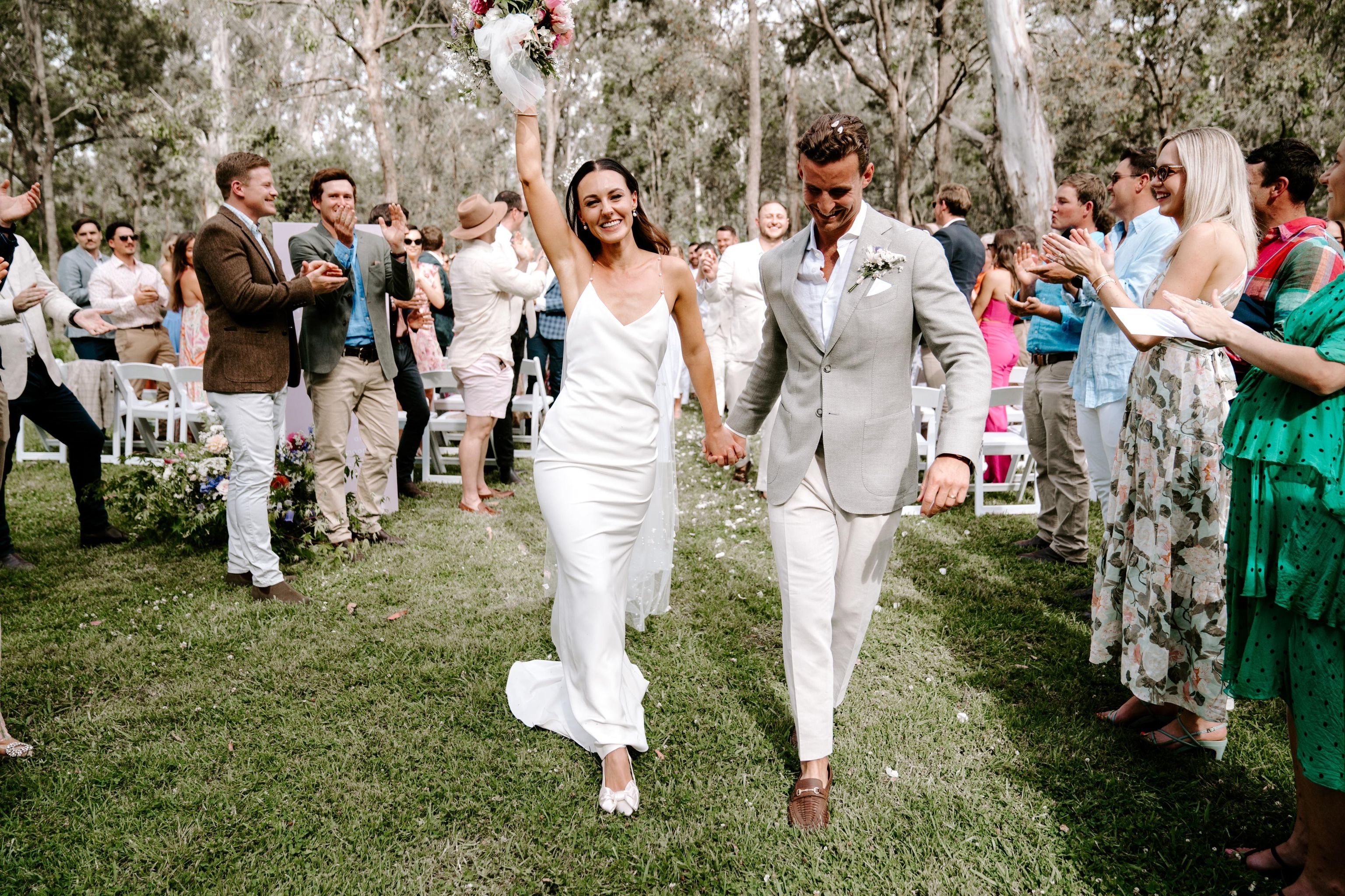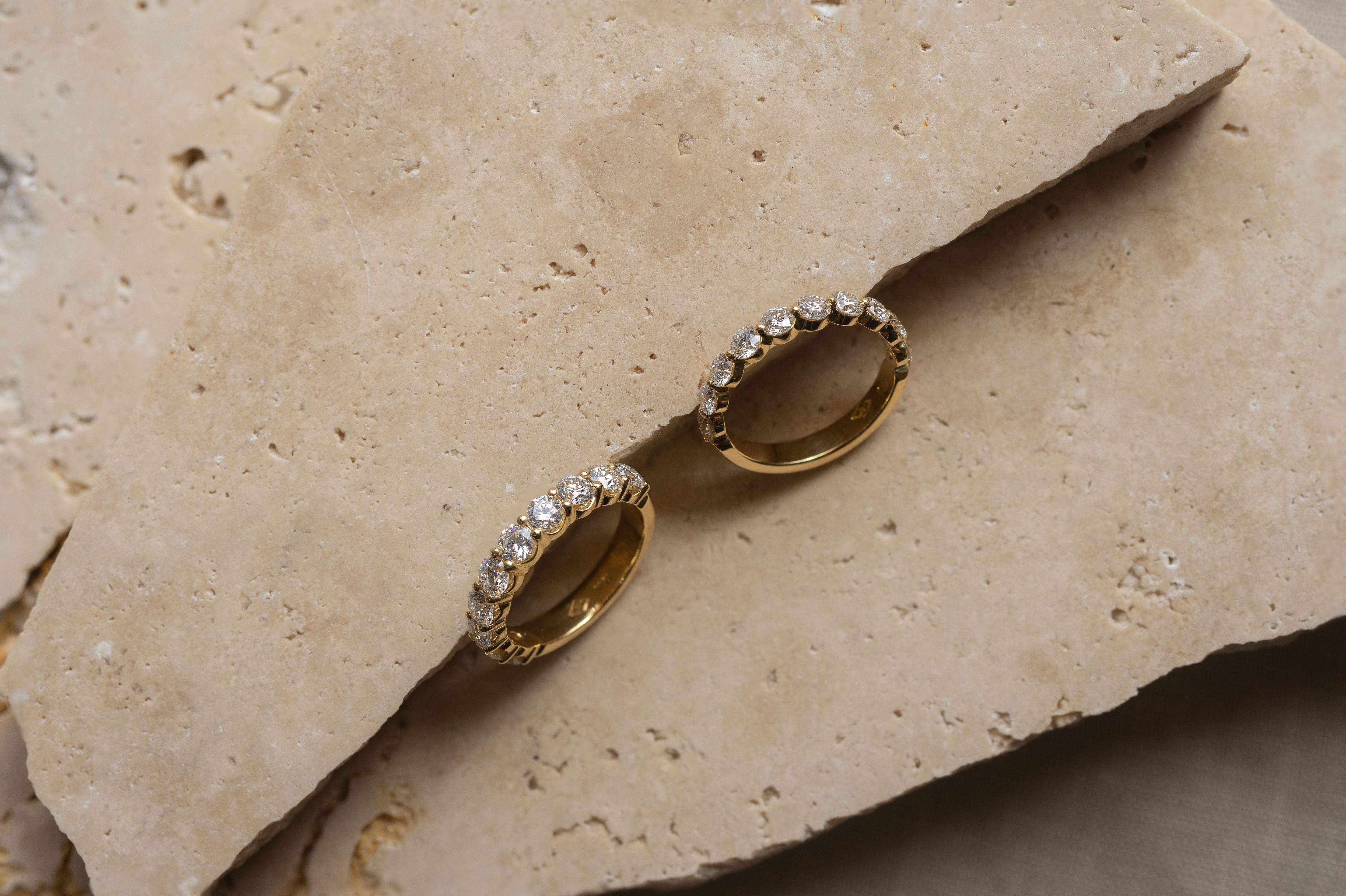Welcome to Hogans Family Jewellers' comprehensive guide to gold—an exquisite metal that has captivated the World for centuries as an emotional, cultural, and financial currency. As a trusted 78-year-old family business specialising in fine handcrafted jewellery, we understand how vital it is to pass on our expertise to our customers to enhance the longevity of your pieces. In this informative guide, we will explore the basics of gold, including its properties, purity levels, and the various alloys that are available. Whether you are considering purchasing gold jewellery or simply want to expand your understanding of this precious metal to take better care of your jewellery, this is your go-to resource.
Precious Metal Purity and Fineness
As a precious metal, gold is highly malleable, allowing skilled craftspeople to shape and craft it into intricate designs. Gold is measured by karats and in its most pure form without any other metals in the alloy it is measured out to be 24 karats. The colour of pure gold as you would expect is a rich deep gold colour with yellow hues, however this is not used for jewellery making as it is far too soft. Instead, we tend to use 18k which has 75% pure gold content, 14k which is 60% and 9k which is 37.5% pure gold content. To achieve these different weights, the pure gold is combined with several different alloys or metals such as silver, copper, zinc, nickel and palladium, thus altering and diluting the colour of the gold although hardening it for practicality and durability of wear. Although there are many common gold alloys used around the world, in Australia, we typically like to work with 9k and 18k gold alloys.
Gold Alloys: White Gold, Yellow Gold and Rose Gold
As you would know, there are three common types of gold colours available – these are white, rose and yellow gold. These are otherwise known as gold alloys as they are created by combining pure gold with other metals to enhance its strength and alter its colour. The colour of gold is dependent upon its composition. To achieve different colours, a composition of different alloys are mixed in with the pure gold at the time of its creation. The composition of 9k rose gold for example includes approximately 42.5% copper, 37.5% pure gold and 20% silver alloys; the copper influencing the rose hue of the gold.
When it comes to white gold, we plate it with rhodium to give it a crisp ultra-white look. Rhodium plating is the process of electroplating a thin layer of rhodium onto the surface of the polished white gold. Rhodium is an ultra-white, precious metal from the platinum group. Rhodium is highly reflective and has a brilliant white colour, which enhances the appearance of white gold, giving it a vibrant, lustrous, and mirror-like finish. Outside of the enhanced aesthetics, rhodium acts as a protective barrier that prevents white gold from tarnishing or corroding when exposed to air, moisture and chemicals, and also makes the surface more resistant to scratching. If you are the type to suffer from nickel allergies or have sensitive skin, rhodium can act as a protective layer between the skin and alloys present in white gold, reducing the risk of skin irritation or allergic reactions. Depending on how frequently you wear your white gold jewellery, you’ll typically be required to have your pieces re rhodium plated every 6 – 12 months. At Hogans, we are able to rhodium plate and polish rings on-site in our workshop typically within 2 days, and in some cases on the same day with prior notice.
Platinum, Palladium, Titanium and Zirconium
Outside of gold, there are several other precious metals that can be considered to craft your fine pieces of jewellery from. Among the most sought-after metals are platinum, palladium, titanium, and zirconium.
Platinum has long been considered the pinnacle of luxury within the jewellery industry. Renowned for its durability and rarity, platinum is an ideal choice for engagement rings, wedding bands, and other statement pieces. Its natural white lustre does not fade or tarnish over time, making it an excellent option for everyday wear. Platinum's strength ensures that it securely holds diamonds and gemstones, offering lasting beauty and protection. Additionally, its hypoallergenic properties and alloy purity make it suitable for those with sensitive skin. It is however, a more expensive precious metal to manufacture with and therefore is not as common as gold.
Palladium, a member of the platinum group metals, has gained popularity as an alternative to platinum. With a similar appearance to platinum, palladium possesses a bright white colour that enhances the brilliance of diamonds and gemstones. Like platinum, palladium is hypoallergenic and resistant to tarnish, making it a practical choice for those with sensitive skin. Palladium's lightweight nature and excellent durability make it an excellent option for engagement rings and wedding bands.
Titanium, a versatile metal, has made its mark in the jewellery industry due to its exceptional strength and lightweight nature. Known for its durability and scratch resistance, titanium can withstand the rigors of daily wear and is a popular choice for those who are harder wearing on jewellery of that have labour intensive jobs, such as tradesmen and tradeswomen. Titanium's contemporary appeal and availability in various colours, including black, gold, and silver, allow for endless design possibilities. However, resizing titanium rings can be challenging, so it's important to ensure an accurate fit from the beginning. Titanium is a very cost-effective choice.
Zirconium, a lesser-known metal in the jewellery industry, possesses unique characteristics that make it worth exploring. It’s both lustrous and lightweight, exhibiting a similar appearance to titanium, with a silver-grey colour. Known for its exceptional durability, zirconium jewellery is resistance to corrosion, and has hypoallergenic properties. With its contemporary appeal and versatility, zirconium offers a sleek and modern alternative for those seeking a distinctive and affordable metal for their jewellery collection.
The Question of Solid, Filled, Overlaid or Plated
The vast range of jewellery on offer can vary greatly. From completely solid gold, plated and even overlaid. As the name suggests, plated is when the base metal is coated in a thin layer of gold. You may also come across the term silver-gilt or vermeil which is strictly plating sterling silver with gold. Much like gold plated, gold filled entails the base metals being coated in a layer of gold that is at least 5% of the total metal weight. Although gold plated and gold-filled jewellery is much more affordable, the piece will wear more easily over time, resulting in replacement or repairs.
At Hogans, quality is at the core of everything we do, that’s why all of our jewellery in our collection or that we craft in our on-site workshop, is completely solid 9k or 18k gold. Crafting them in solid gold means that the pieces will be much more durable. Karat weights we most commonly work with vary between 9k rose, white and yellow and 18k rose, white and yellow however we can also work with platinum, some sterling silver and titanium where requested. As 18k is harder, we prefer to work with this metal for pieces that are intended to be worn every day, for example, engagement rings and wedding bands.
Caring for Your Gold Jewellery:
To ensure your gold jewellery retains it high polish, proper care is essential. When it comes to caring for our gold jewellery, our advice is to:
· Always remove your jewellery before taking part in physical activities or household chores.
· Avoid exposing your gold jewellery to chemicals, harsh cleaners, or chlorine.
· Store your gold jewellery in a fabric-lined box or pouch to prevent scratching and tarnishing
· Clean your gold jewellery regularly using mild soapy water and a soft brush or toothbrush. At Hogans we do offer complimentary ultra-sonic cleaning for all jewellery, regardless of where it was purchased and best of all, no bookings are required.
The world of gold is extremely comprehensive, so if you are interested in discussing this topic further with our expertly trained sales consultants or jewellers, please reach out via this page. At Hogans, we stock a wide range of gold, platinum and precious metal jewellery, that can also be previewed whilst visiting our showroom located at 241 Margaret Street, Toowoomba.

